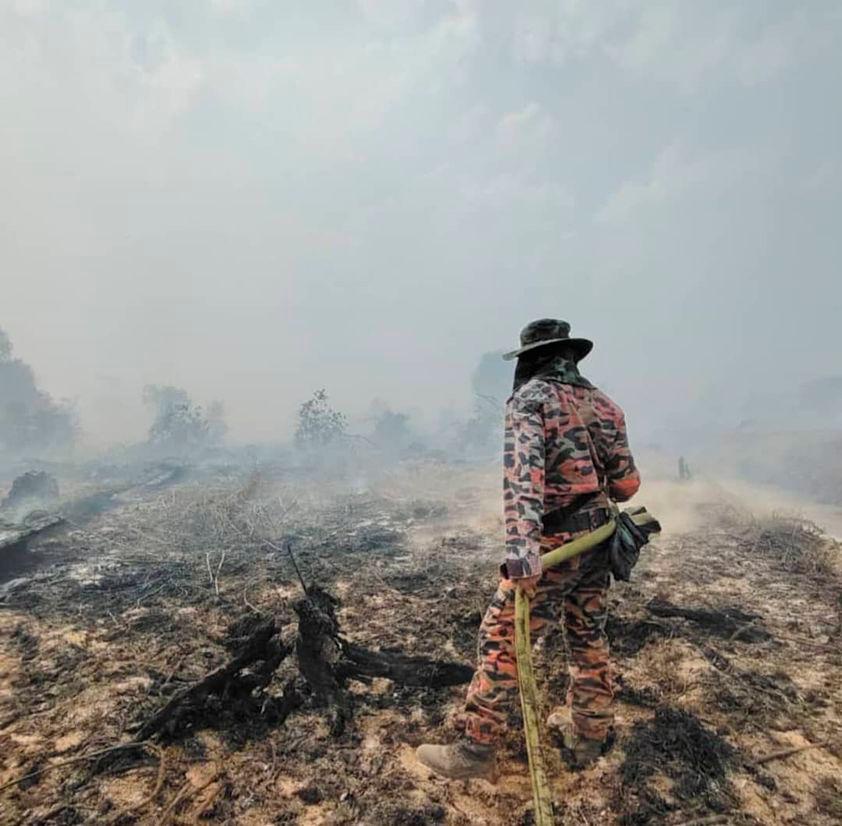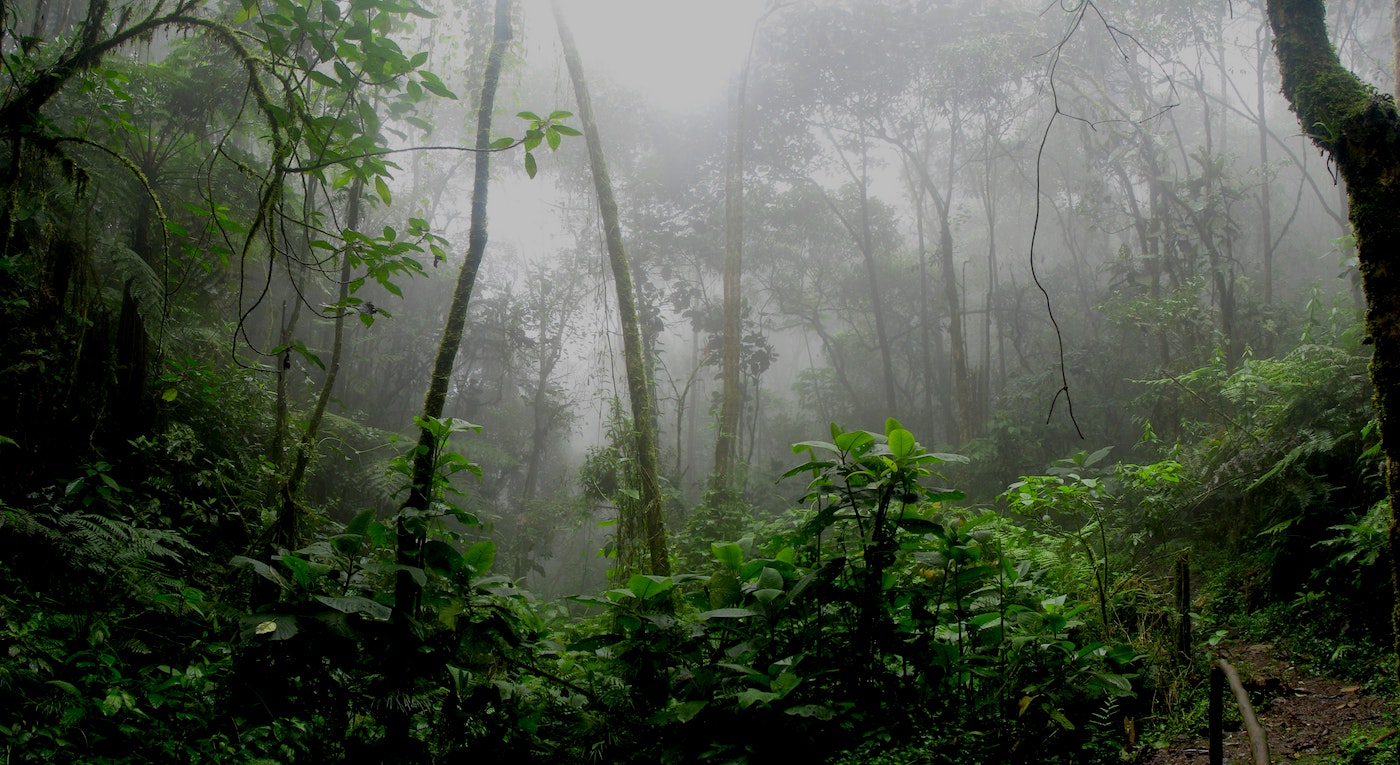
What’s happening?
Numerous forest and peatland fires are raging across Sumatra and Sarawak, with heavy smoke drifting into Malaysia and Singapore. Many of these fires are linked to land cleared for monoculture plantations such as oil palm and timber, but they are also affecting other vulnerable areas – including natural forests, peatlands, and even abandoned landfill sites. In Sarawak alone, over 100 hectares have already burned as of July 31st, with firefighting efforts ongoing.
In Sarawak, the worst-hit area has been near Universiti Teknologi MARA (UiTM) Mukah, where over 100 hectares of forest have burned as of August 2nd. In Marudi, a 21-hectare pineapple plantation was reduced to ash, and in Kota Samarahan, a 2.5-hectare landfill is still burning.
Why are the fires especially bad right now?
The hot, dry weather sweeping across Southeast Asia has created ideal conditions for fires. Climate change has contributed to highly unpredictable seasons in the region, making rainfall patterns more erratic and intensifying dry spells. On top of that, the expansion of monoculture plantations in Sarawak, particularly those for oil palm and timber, leads to lower ecological diversity, which means fires can rage through areas with greater speed. These practices, combined with the region’s underlying peat soils, significantly amplify fire risk.
Where are the fires occurring?
In Sarawak: As of July 31, there were 220 hotspots detected across the state, particularly in Mukah, where fires are affecting deep peatland areas within both monoculture plantations and natural forests. In Kuching, Lundu, and Sri Aman, the Air Pollutant Index (API) has reached unhealthy levels, with Kuching recording 116 and Lundu 125 (“healthy” air quality is anything under 50).
In Indonesia: The worst hotspots are in the eastern Sumatran province of Riau, particularly in Rokan Hilir and Rokan Hulu, where large areas of monoculture plantations have been consumed by fire. In Kalimantan, the Indonesian region that borders Sarawak, one major fire in Sanggau Regency is estimated to have burned more than 415 square kilometers – and it’s unclear when the burning will stop.
What’s causing the fires?
Many fires are intentionally set to clear land, especially for oil palm and timber plantations. Slash and burn remains common despite bans in both Malaysia and Indonesia, and when fires spread into peat-rich soil, they can burn underground for days or weeks. Some fires also begin unintentionally in areas like landfills, abandoned farmland, or natural forests, where dry vegetation acts as fuel – especially in climate change-induced droughts. In many cases, the exact cause is hard to determine, but human activity is the primary driver.
What actions are being taken?
Teams of firefighters are working tirelessly to quell the fires, but with so many burning simultaneously, their already limited resources are stretched even thinner. Meanwhile, Indonesian authorities have arrested 44 people suspected of setting fires in Riau. In Sarawak, state authorities are working to patrol high-risk areas, enforcing bans on open burning, and considering using cloud-seeding to tackle the worst-hit regions, particularly around Mukah’s peatlands.
What’s the outlook—will this season get worse or better?
While forecasts suggest above-average rainfall in the coming months, intermittent dry spells – particularly in peat-rich zones – may still trigger new fires. If El Niño conditions develop later in the year (a climate pattern marked by warming Pacific Ocean waters that typically brings hotter, drier weather to Southeast Asia), the fire season could intensify, potentially surpassing the severity of 2015 and 2019.
Experts warn of a moderate haze risk across Southeast Asia through late 2025, driven by persistent deforestation, land clearing, and the expansion of monoculture plantations. Meanwhile, worsening air quality continues to pose serious health risks, especially to children, the elderly, and those with respiratory conditions — and the haze is already disrupting local livelihoods, from farming to schooling and transport.
This year’s fires are not just a seasonal crisis – they are a symptom of deeper, systemic problems in land use and climate resilience.
Sources & Further Reading:
- Sarawak Tribune: Fires scorch over 100 hectares in Sarawak Link
- Borneo Post: Hotspots detected across Sarawak, air quality deteriorates Link
- Malay Mail: Haze risk outlook and fire mitigation efforts Link
Picture from Sarawak Fire and Rescue Department

